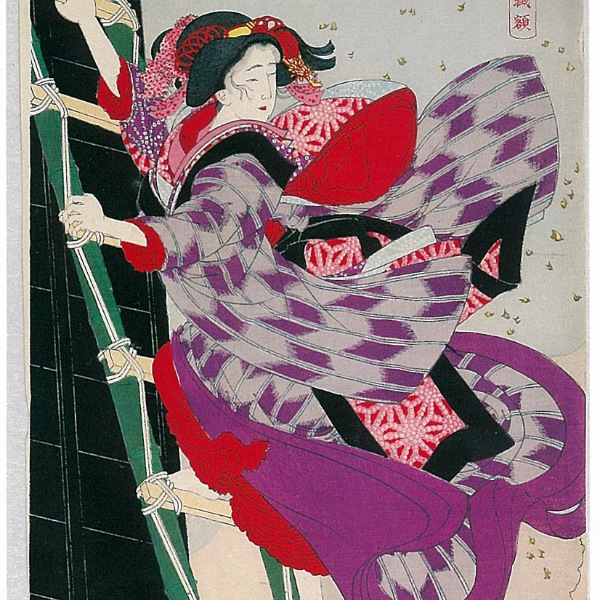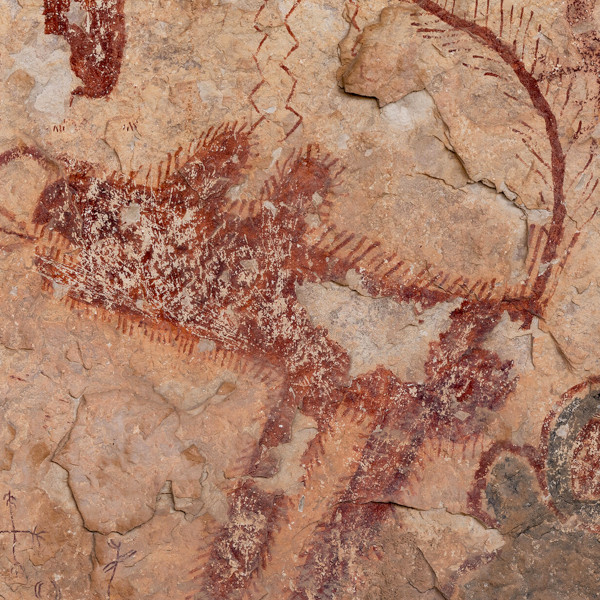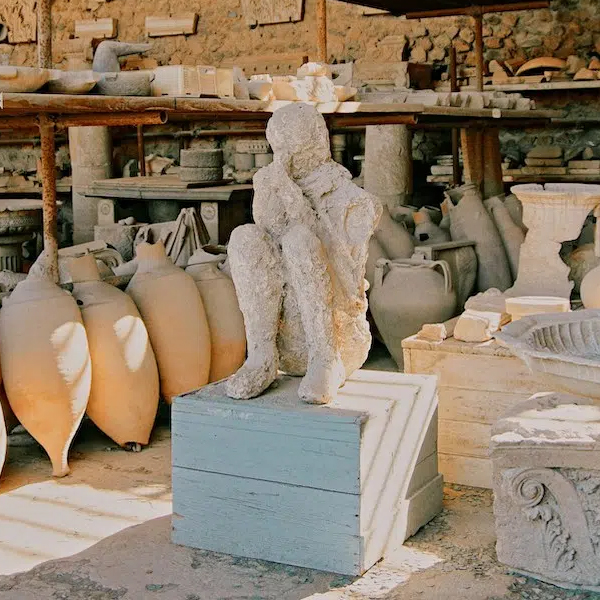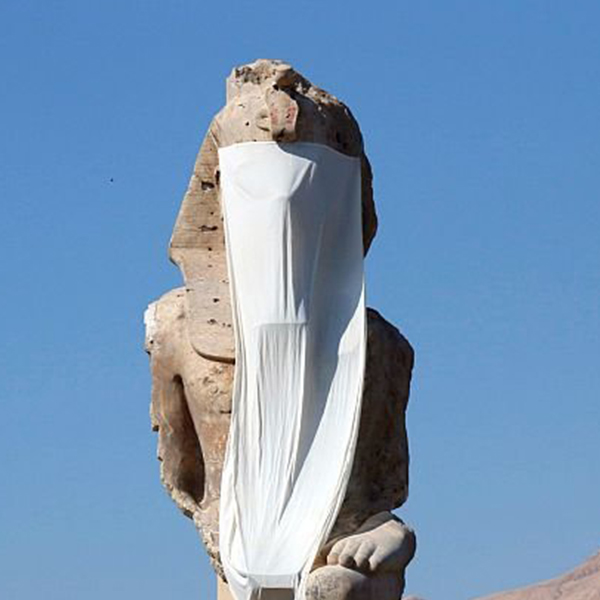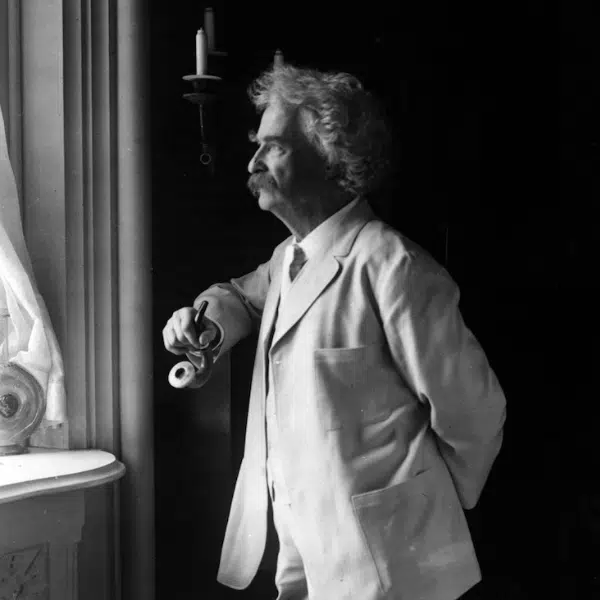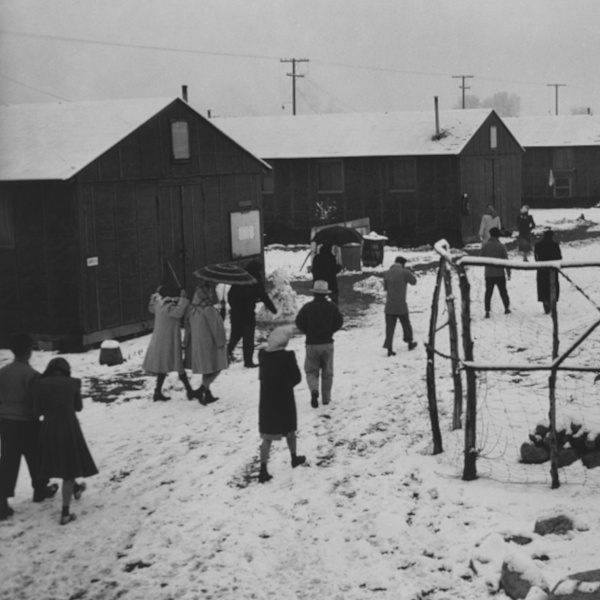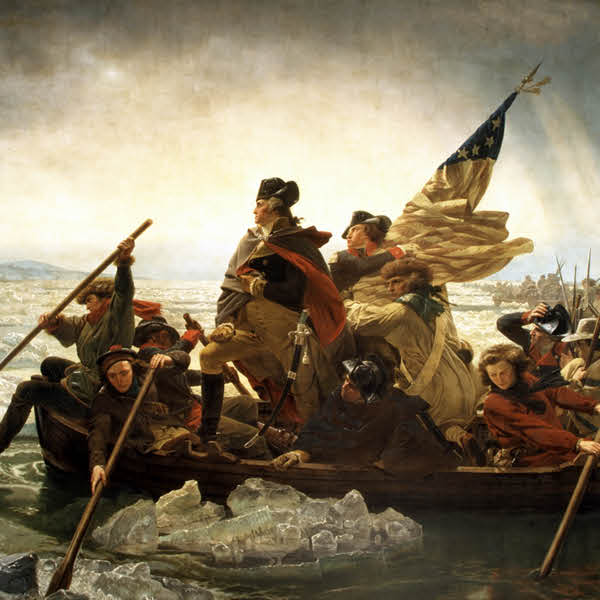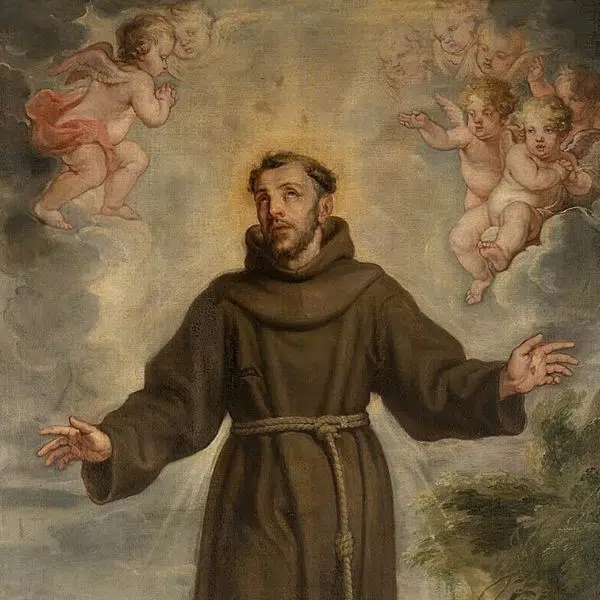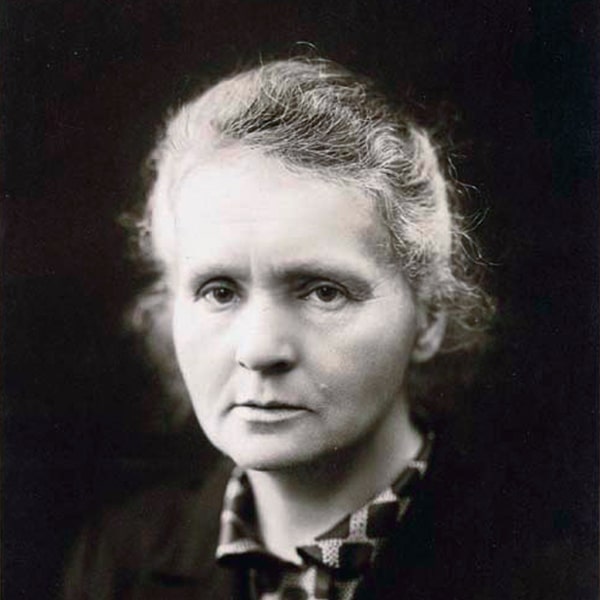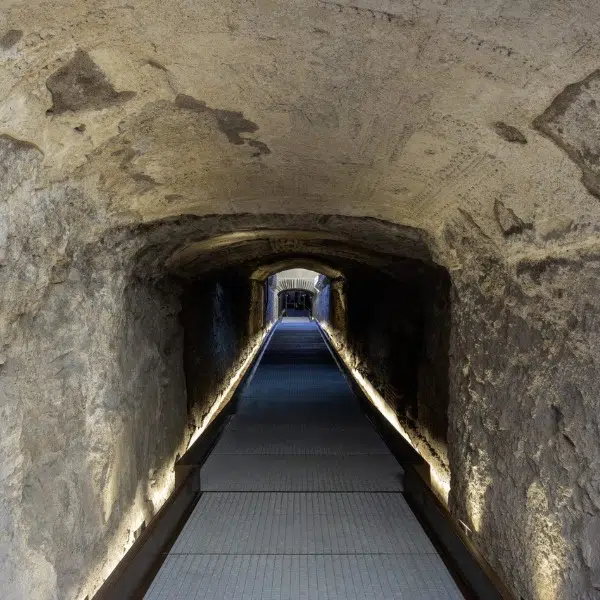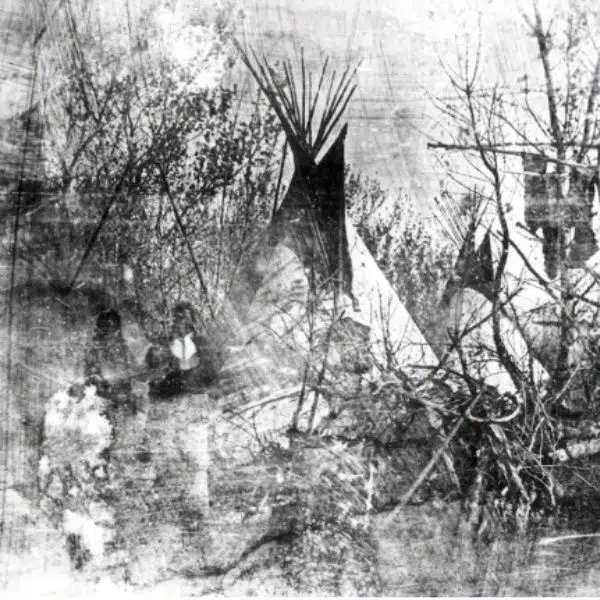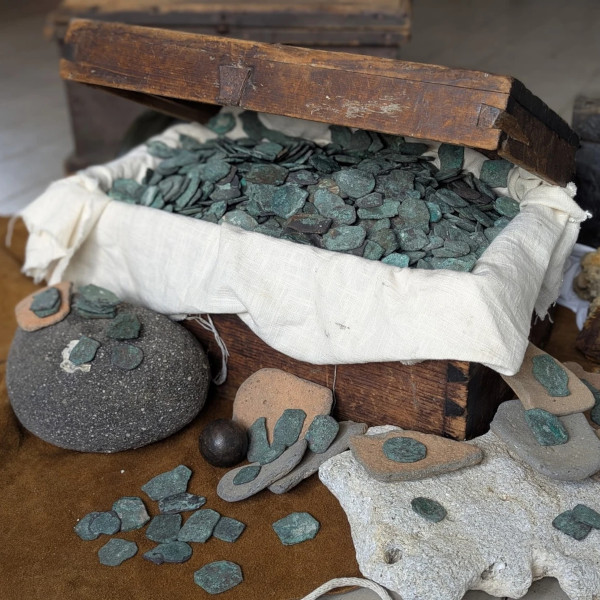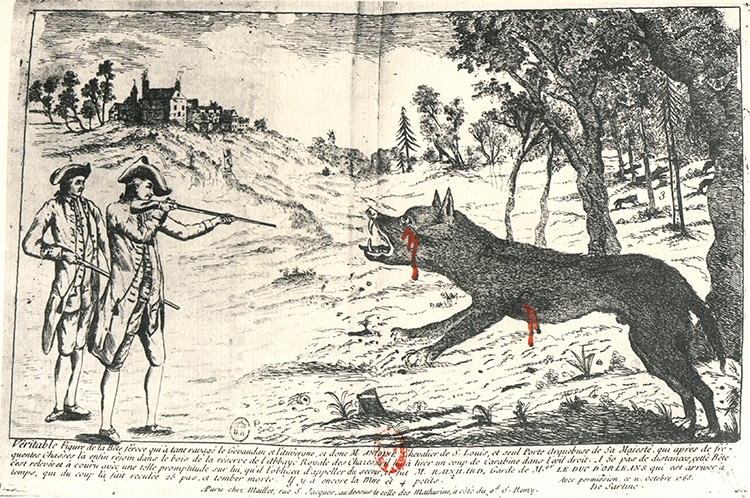
François Antoine slaying the Beast of Gévaudan, 18th century. (Photo: Wikimedia Commons, Public Domain)
Legends about werewolves are ancient. Mentions of men morphing into wolves appear in ancient Near Eastern, Nordic, and Greek literature and myths. The sensational nature of the mythical creature captures a sense of horror and magic that has endured from these ancient mentions to the modern Twilight. But the fearsome werewolves were particularly sensationalized in certain periods. For example, in 18th century France, a mysterious beast known as the Beast of Gévaudan savaged a rural village, killing over one hundred of the locals. This created a media frenzy surrounding just what this creature might be. Perhaps a werewolf?
Between 1764 and 1767, something “like a wolf, yet not a wolf” stalked the French locals, targeting women and children specifically. Described as much larger than an average wolf, it had a long tail like a feline. Its coloring was reportedly brown with a long black stripe and boasted talon-like claws. It stalked its prey and caused brutal damage, even decapitating many victims. While some survived these attacks by fending off the creature, it seemed to recover from wounds and escape efforts to capture it. The frequent attacks were so troubling and shocking that King Louis XV put a reward out for the animal and sent his hunters to try and capture it.
Near Chazes, the king's personal gunbearer shot a massive wolf, believed to be the monster. However, attacks continued for several more years. Across the Atlantic and the English Channel, newspapers worldwide reported on the beast and the deaths it caused. In 1767, the attacks finally concluded when a hunter, Jean Chastel, shot a massive creature. Autopsy records reveal there was still some confusion over whether it was, in fact, a wolf, but human remains were discovered inside the beast's digestion. The townspeople could finally rest easy, but the mystery of the beast has endured.
Today, the creature is often associated with werewolf legends, but many theories exist. Certainly, it may have just been one or more massive wolves, as wolf attacks were not uncommon in early modern Europe. Depictions of the beast are only mildly helpful, as they are likely vastly exaggerated and based on hearsay.
But its brown coloring and the stripe have created suspicion that a hyena or juvenile male lion escaped an aristocrat's menagerie and began terrorizing the neighborhood. Still, further speculation, especially based on the decapitations, has suggested a serial killer. This tragedy for the French village has continued to fascinate for centuries, inspiring a werewolf game similar to Mafia called Les Loups-garous de Thiercelieux (The Werewolves of Millers Hollow).
A French village was terrorized by a creature that has gone down in history as the Beast of Gévaudan.
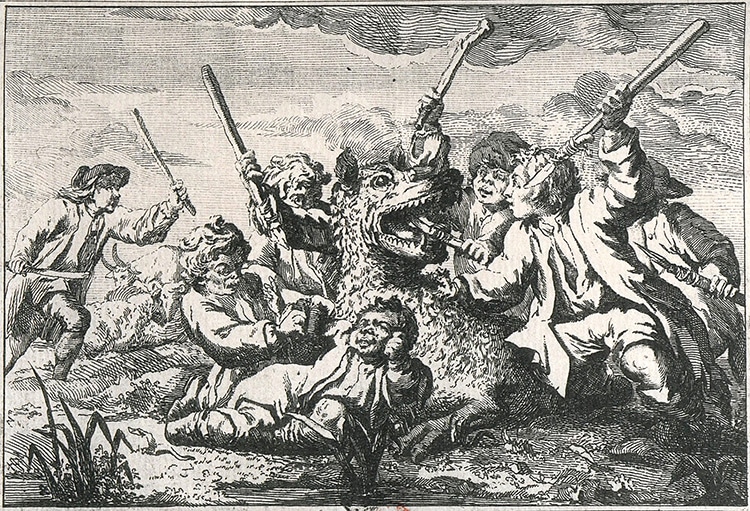
Villagers attack the beast. (Photo: Wikimedia Commons, Public Domain)
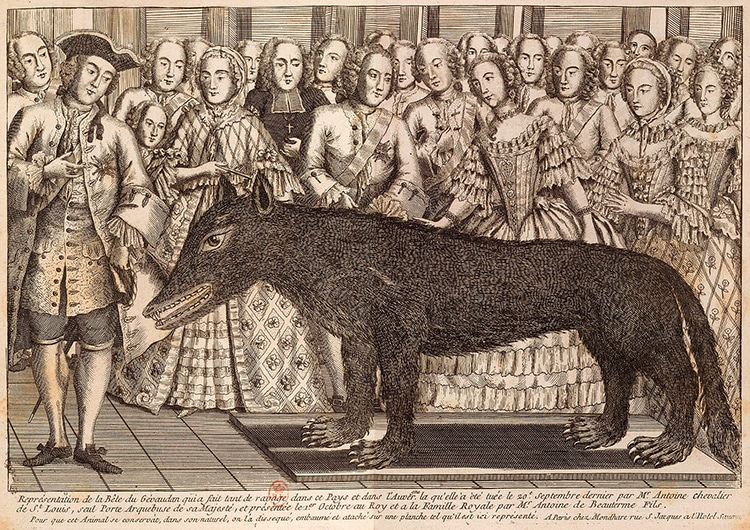
The Wolf of Chazes on display. (Photo: Wikimedia Commons, Public Domain)
This mysterious werewolf-like creature captured the attention of trans-Atlantic audiences.
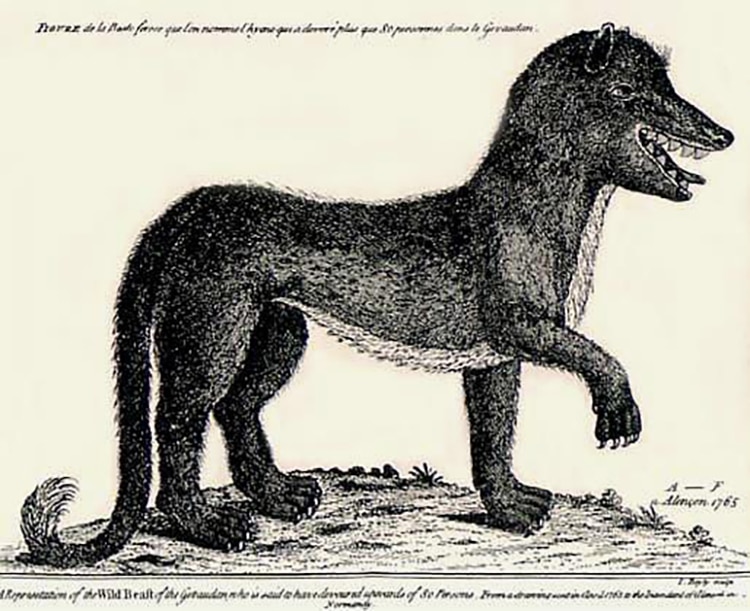
The London Magazine depicts the beast in 1765. (Photo: Wikimedia Commons, Public Domain)
h/t: [Open Culture, History.com]
Related Articles:
Ancient Library in Tibet Creating Digital Archive of Its 84,000 Scriptures
During World War II, Parachuting Pigeons Carried Messages to French Resistance
New LGBTQ+ Visitor Center Honors the History of the Stonewall Rebellion
Fascinating 18th-Century Letters Detail Life as a Twenty-Something Living in London











































































